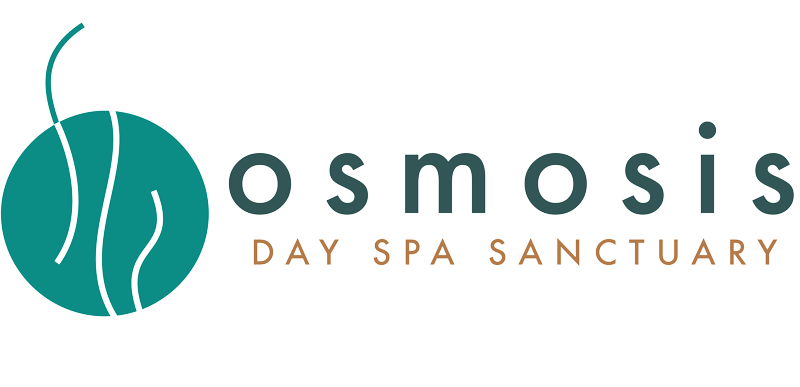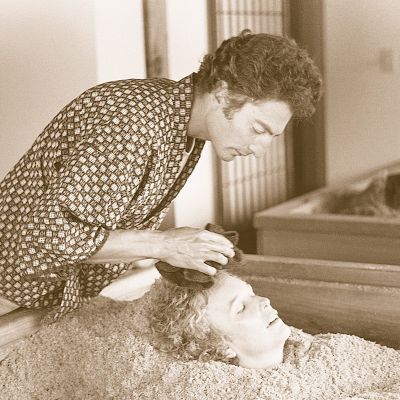Osmosis first opened its doors in 1985, but our history reaches back even farther, to the birth of the modern environmental movement.
A Young Gardener
As a student at the recently-opened UC Santa Cruz in the late 1960s, Osmosis founder Michael Stusser found himself at the nexus of emerging efforts to promote ecological sustainability and explore new paths to spirituality. He quickly found a home in the early organic gardening community, and helped establish two horticultural training centers still in operation today. After graduation, Michael moved up the coast to become a board member and establish the gardening program at the Farallones Institute in Sonoma County. During this time, he became interested in the practice of meditation, and in the early 1980s crossed the Pacific to become an apprentice in traditional landscape gardening in Kyoto, Japan.
Learnings in Japan
While studying the hands-on history of both Zen meditation and traditional gardening practices—which date back eight centuries in Japan—Michael befriended fellow apprentice Robert Ketchell, who would later help design the gardens at Osmosis. Michael was particularly enthralled by the way that various elements in a garden—not only the plants, but the stones and water elements—stood in relationship to one another, providing a deep feeling of equanimity that stood outside of linear time. It was also during his studies that Michael joined a Buddhist monastery and discovered the traditional cedar enzyme baths, which enhanced not only his spiritual journey but offered relief from his painful experience of sciatica.
Returning Home
In 1984, Michael returned to California with a calling: to bring these new found traditions home. He began prototyping a small cedar enzyme bath on a friend’s ranch in Sebastopol, utilizing a small building he constructed using lumber recycled from a chicken coop and diligently seeking out local wood species. Though he began with no connections to the spa community, word quickly spread as his efforts were covered in the San Francisco Chronicle, New York Times, and CNN. Suddenly, hundreds of people were eager to partake in this unique experience! Four years later, Michael acquired five acres up the road in Freestone and began planting roots for Osmosis in our current form, beginning by remodeling a dilapidated building and surrounding it with inspired landscaping designed in collaboration with Zen priest Steve Stucky.
Rejuvenating the Land
The land Michael acquired for Osmosis had a rich history of its own: the town of Freestone sprung up in the nineteenth century as a small milling town and a stop of the North Coast Pacific Railroad. In earlier times, the area was a major habitation site for coastal Miwok tribes, then became wheat fields for the Russian encampments to the north, and later was part of large Spanish land grants before becoming US territory. Located next door to the county’s first schoolhouse, the land that became Osmosis had long been used as a junkyard for old railroad cars and equipment. Michael saw this as an opportunity for rejuvenation. He cleared out the junk and restored the land, while incorporating treasures like the Victorian general store and railroad cars, which serve as a link to our past.
An Evolving Landscape
Our team is constantly growing Osmosis, creating new gardens, designing new experiences, and building new pathways to optimal healing, vitality, and transformation. Most recently, we opened our Field of Hammocks, a relaxing spot to enjoy an experience of sound therapy beside our creek. We now greet guests from all over the world, who visit Osmosis not only for the quality of our services, but to rediscover that unique feeling of equanimity, timelessness, and peace that Michael himself went searching for decades ago.


